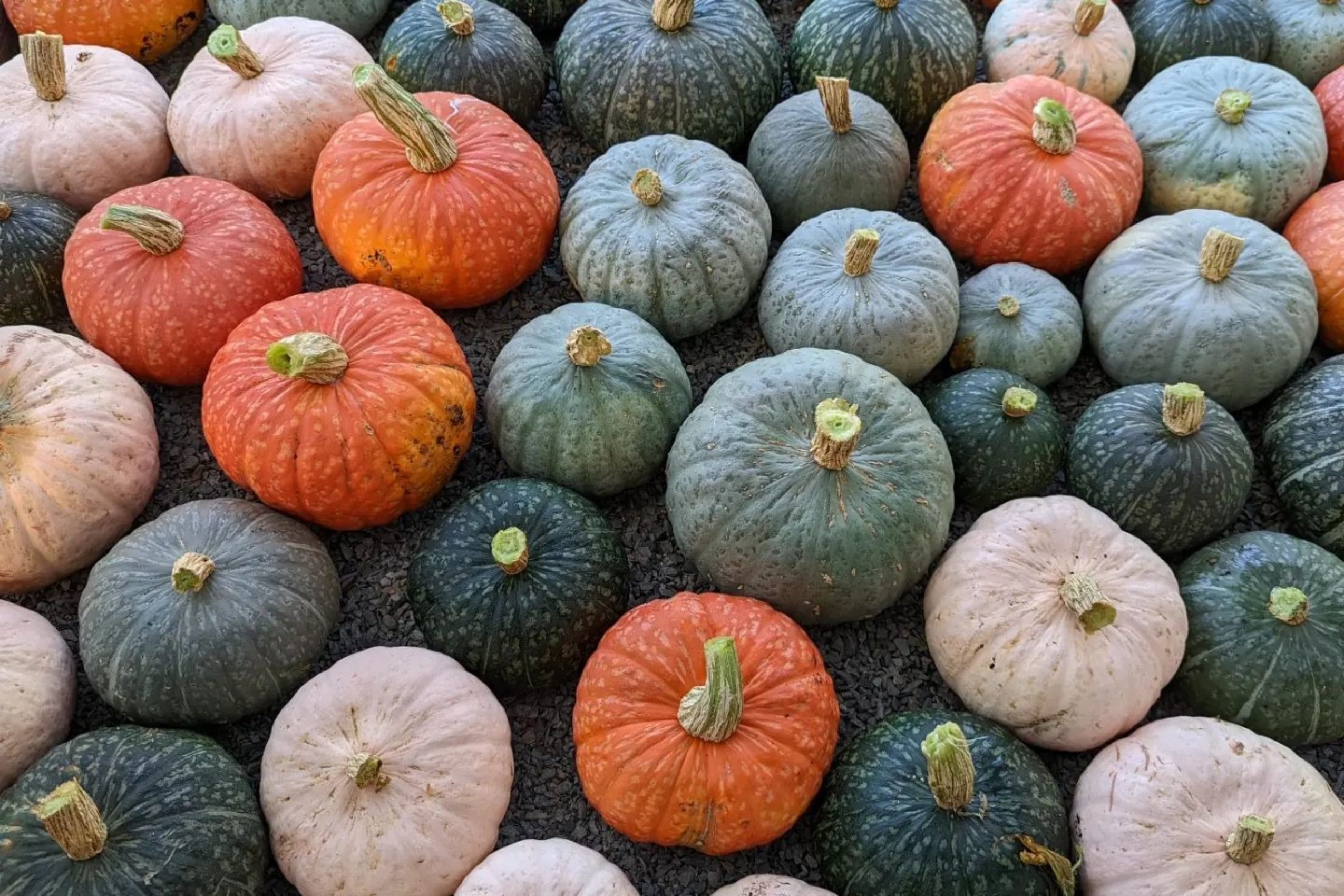Across North America indigenous seed keepers coordinate their efforts to protect biodiversity while revitalizing the cultural traditions and memories that hold seeds sacred. Rowen White, a Seed Keeper and farmer from the Mohawk community of Akwesasne bordering New York and Canada, has described the ancient relationship between humans and seeds as one that is “written in our blood and our bones.” But White also shares her vision for a seed culture that embraces modernity in the face of climate change.
Rediscovering Relation
Seed keepers help indigenous communities reconnect with the land through reestablishing the ancient crops that sustained their ancestors. It’s a multi-sensory reawakening that restores the ceremonies and songs of the seeds as well as the lost flavors and a sense of belonging that is vital to culture memory. The native foods “go into our body and inform us and animate us in a way that allows us to be our true selves,” Rowen White has explained. At the same time, seed keepers like White have begun to negotiate with institutional seed banks, museums and universities where historical seeds are housed to “rematriate” lost seeds to indigenous communities. These homecomings are powerful, White has said, likening the return of a rare squash variety to native people at the historic Taos Pueblo to the reception of a “living breathing relative.”

Seeds of Reverence
By recognizing the essential ways in which seeds have informed the story of human evolution, native seed keepers evoke a reciprocal relationship. Taking care of the land, the seeds and plants is what has taken care of people, White has pointed out, and if you are not hungry, then the seeds are holding up their part of the bargain. In order to explore your own relationship with seeds and the foods that sustain you more deeply, start by asking “who were the foods and the seeds that fed your ancestors?” White has suggested. How can your inquiry reveal a deeper level of interconnectedness to seeds, food and the land?

Thinking in Seed
Time Pondering our many millennia of history as humans working with seeds gives us a wider perspective, a point-of-view that includes “the bigger, longer game” of intergenerational legacy,” White has said. “Elders share with me that these seeds don’t actually belong to us. We borrow them from our children.” And yet, while some heirloom aficionados are devoted solely to restoring plant varieties to what they were 100 years ago, seed keepers like White are equally interested in growing into a new paradigm, a “more dynamic, participatory restoration of seeds” that’s ever-changing and ever-renewed based on the environment and stewardship of the people tending the plants.
Biodiversity & Resiliency
Some research estimates that the US has lost up to 93% of its food seed variety, and seed keepers point out that protecting the legacy of biodiversity is at a crucial point. “Every garden is a seed bank,” White has said, noting that more diversity would provide more opportunity during times of climate change, bringing resilience and adaptivity to our seed stock. In resistance to the large corporations that sell genetically modified seeds with what is called a “bag tag agreement,” meaning that by opening the bag you agree to the fine print in a licensing agreement attached to it, the Indigenous Seed Keepers Network has created a ‘bag tag’ of their own. By opening a bag of these seeds you agree not to engage in commodifying, privatizing, patenting or genetically modifying the seeds inside it.
Growing Community
Through a multitude of indigenous groups and organizations, as well as through local seed exchanges, seed swaps and seed drives, a new network is growing. Sharing knowledge, sharing seeds and sharing the work that it takes to grow out each rediscovered variety, a movement is growing that furthers their efforts. As White has pointed out, the seed itself is an apt metaphor for the community that has brought the seed keepers together. The seed is, after all, the symbol for abundance, the one that turns into 100, and the 100 that turns into 1000.


